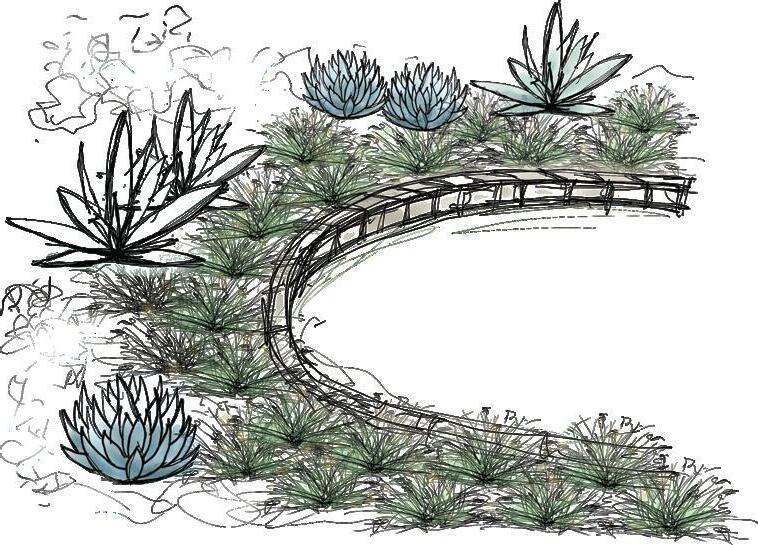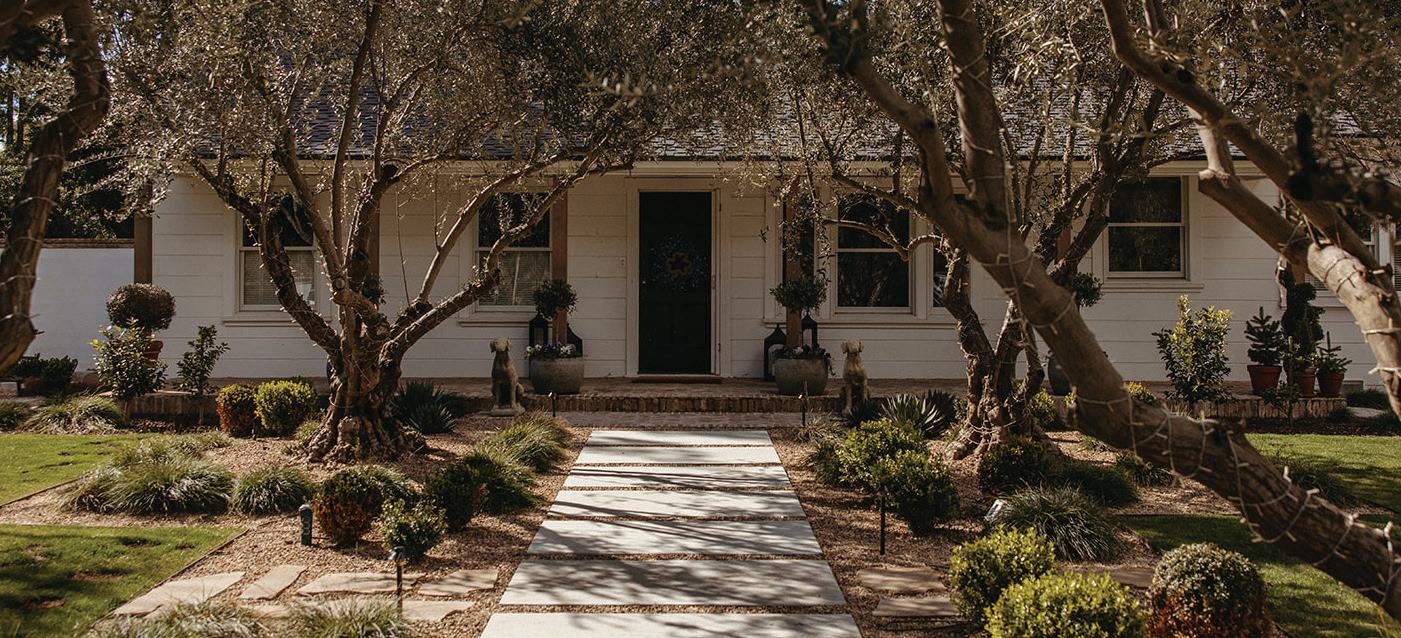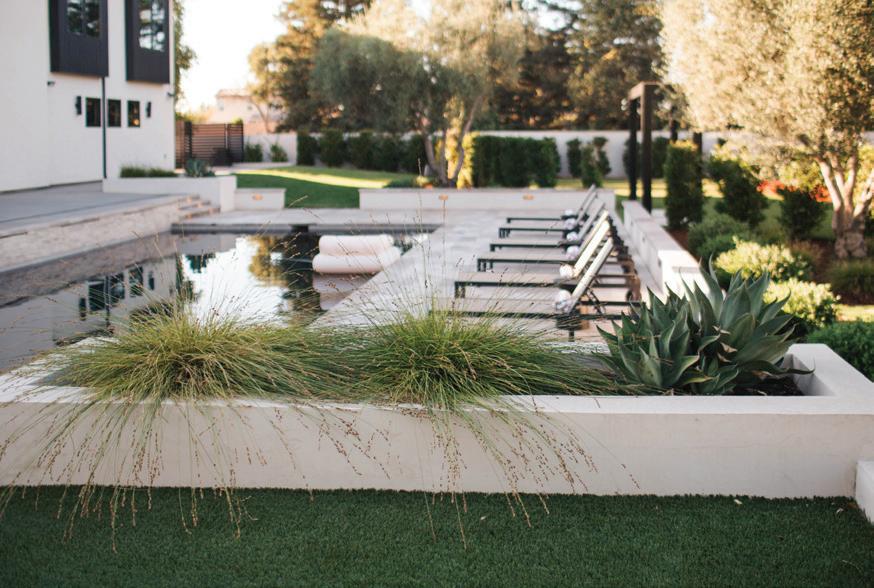
6 minute read
How I Use Ornamental Grasses
Layered Thinking: in Landscape Design
By Devon Brown
Charter Oak Landscape Development
When approaching a design, my mind strategically thinks in layers. The first question I ask is: How does the client want to use the space? (If you want to get technical, we call these “programs” in the industry.) I typically—messily—sketch these ideas out. As the layout starts to take shape, I’m left with a balance of mass and void. This is done intentionally, with thoughtful composition.
The masses are hardscape elements that serve programmed functions—patios, pools, walkways, dining areas, focal points, sitting nooks, and so on. The voids, on the other hand, are softscapes—planting areas, lawn, or open spaces with gravel or decomposed granite (DG). These voids aren’t “empty” per se; they provide contrast, breathing room, and visual relief.
The ratio of mass to void shifts depending on the client’s goals, how they want to use their property, and—of course—their budget. When real-world constraints kick in, softscape areas can cost as little as $2 per square foot, while something like a cobblestone patio might run upwards of $25 per square foot.
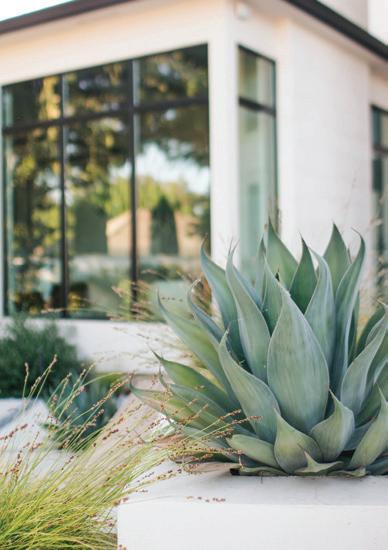
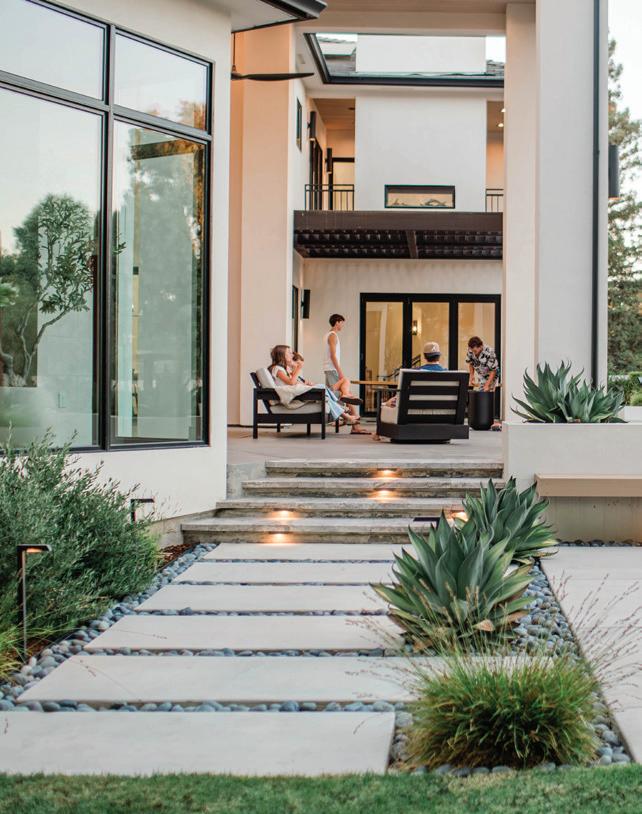
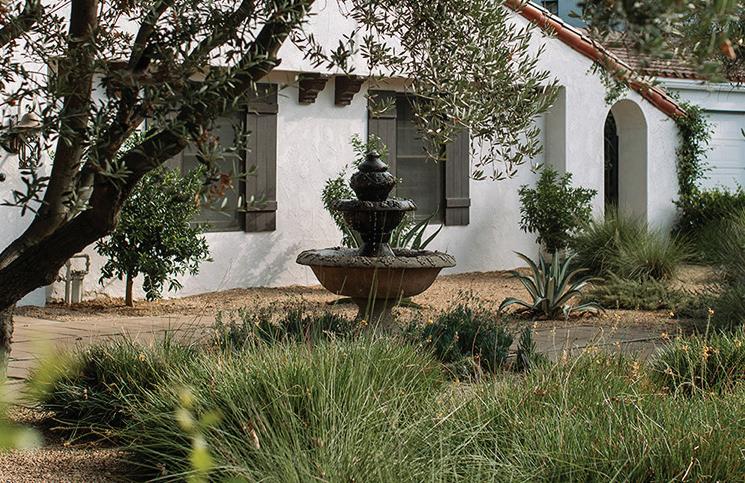
Once the overall layout is established, you're typically left with a significant amount of softscape. So what do you do with it?
You plant it. Generally, I aim for about 50% to 75% planting density, depending on how full or sparse the desired look is and how much vegetation the space calls for.
Although I studied landscape architecture (and people often assume I’m a “plant person”), I’ll be honest—plant design is one of the last steps in my process. Part of it is that it comes naturally to me. But more importantly, I use plants to reinforce the design aesthetic. I’m less concerned with the plant as an individual specimen and more focused on the ambiance it creates.
Because I want each design to feel individual and rooted in its environment, I focus on texture and color in plant selection. One of my favorite elements to incorporate into a plant palette is ornamental grasses. They provide a wide range of benefits. I lean on them for the textural contrast they offer against the broadleaf plants we commonly see in residential landscapes. Some varieties also bring brighter leaf tones or plumes that help illuminate darker corners of a garden.
And yes, I love them personally. But even more so, I appreciate how they elevate the plants around them. Their movement, subtle hues, and seasonal dynamics give life and rhythm to a landscape.
Charter Oak Landscape Development charteroaklandscape.com @charteroaklandscape
The Bay Leaf
I call this one The Bay Leaf. Why? Are there bay trees in it? Maybe. We’re not totally sure. But just like the bay leaf in any recipe, the grasses in this combination are the quiet heroes. You might not notice they’re there—but you’d definitely notice if they were gone.
This planting features masses of clumping, evergreen ornamental grasses that act as a frame for a bold specimen plant—typically an Agave variety. The rich green grasses gracefully cascade around the base, allowing the architectural form of the Agave to truly shine.
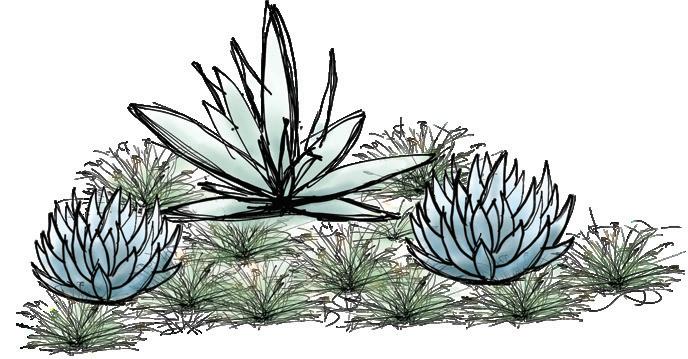
The Autumn
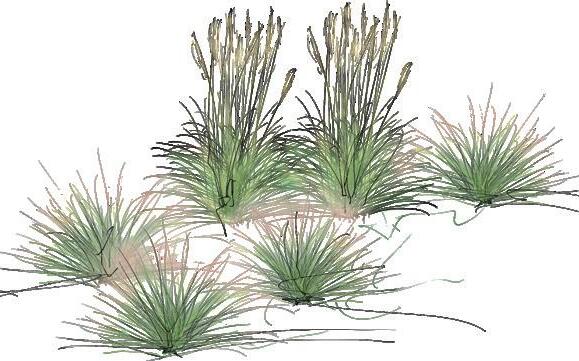
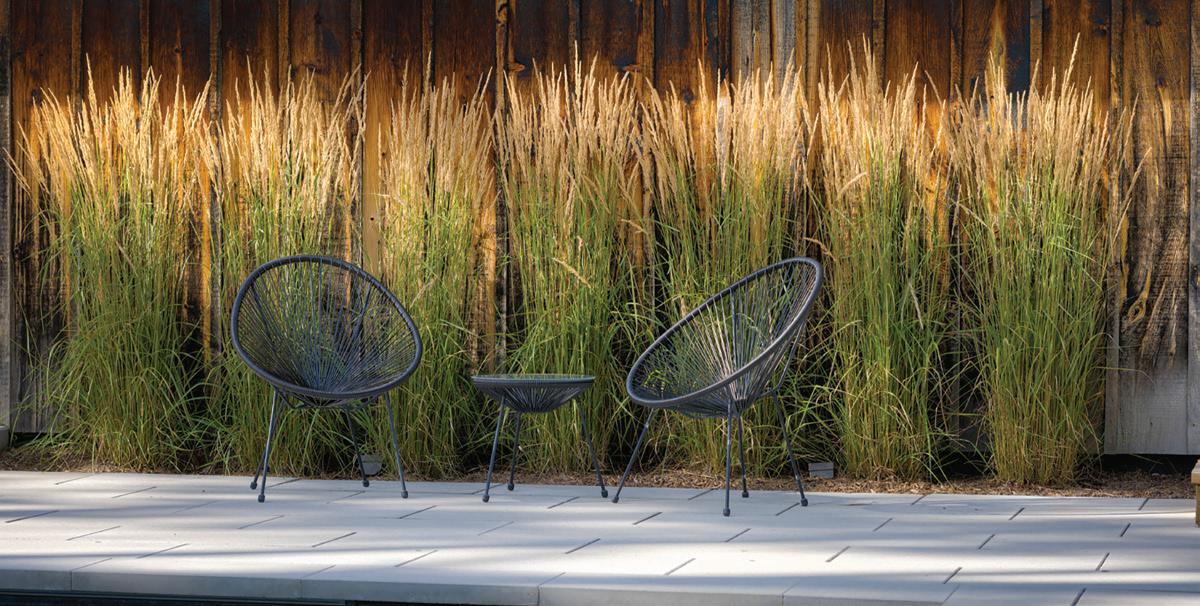
I’m a big believer in letting the seasons take center stage. Several varieties of ornamental grasses produce big, beautiful plumes in the fall. And if you let them, those plumes fade into muted tones that carry gracefully through winter.
Find select spots where these can grow without dominating the foreground. A couple of the varieties, such as Muhly grass or Karl Foerster feather reed grass, can take up some space. I enjoy placing a cluster of several Muhly grasses in front of two Karl Foersters. In the fall, the Karl Foersters grow impressive, wheat-like stalks—about five feet tall and very vertical. The Muhly grasses, by contrast, have a more rounded form and produce airy pink or white plumes, depending on the variety. Combined, they make a beautiful fall statement.
I personally love Rye Puffs as a lower-growing option to add in the foreground. It delivers all the fall color and texture you could hope for. Even as winter takes hold and frost crystallizes on the plumes in the morning, it adds another layer of dynamism to the landscape.
Bonus: These grasses create a habitat for beneficial insects to overwinter. Ladybugs, for example, often take up residence and help control aphids naturally in the spring—an ecosystem right in your own backyard.
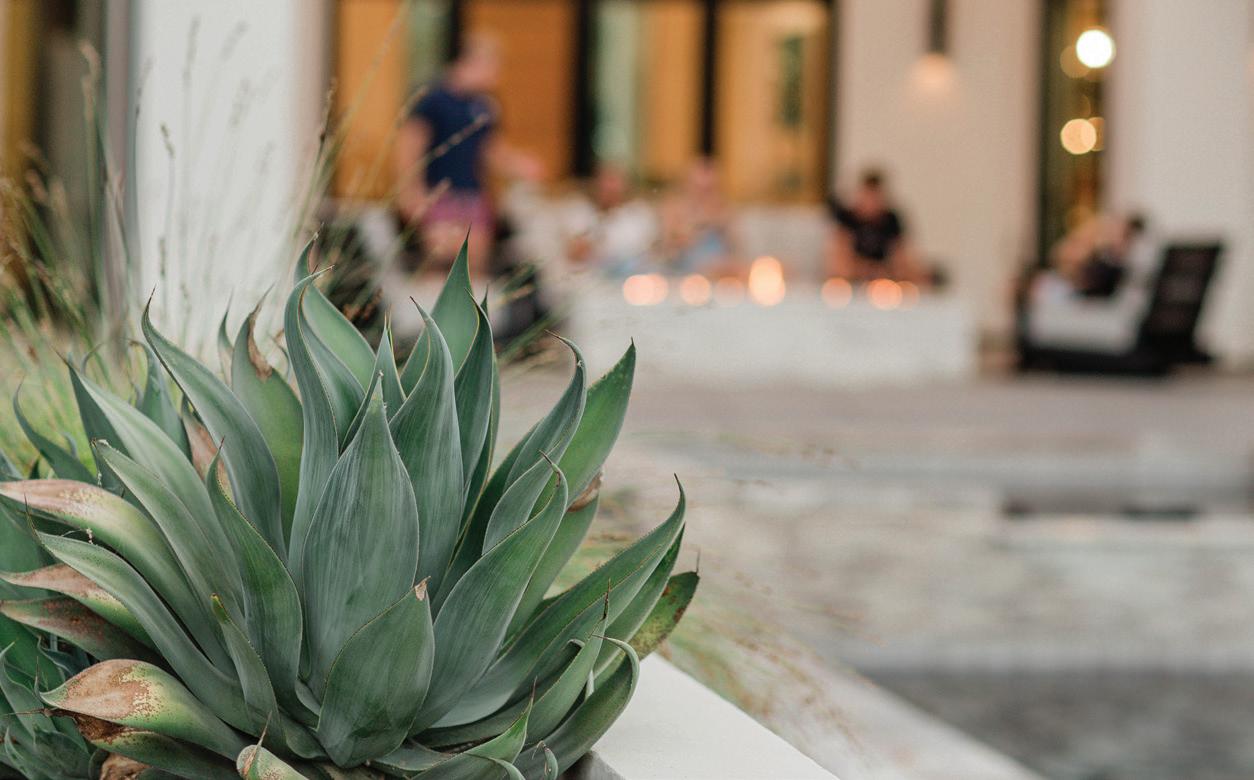
The Demure
Not every design needs to be wild or loose.
Sometimes the goal is order and calm— honoring the architectural style of the home, the interior design, and, ultimately, the client’s personal taste.
There are a few go-to ornamental grasses I lean on when working in a more formal realm. If I’m giving a California twist to the traditional boxwood hedge, I might swap in Lomandra ‘Breeze’ or ‘Blonde Ambition’ grama grass for clients looking for a little more excitement.
For a partially shaded afternoon spot, Blue Fescue can be a perfect fit. However, it’s important to note that fescue is a cool-season grass—it doesn’t love the heat of our summers and may yellow during peak heat.
Another calming option for these design schemes is to create a meadow effect. It conjures up a Hamptons-inspired aesthetic in my mind. By bringing in various varieties of Carex—a California native bunchgrass— and planting them in bold masses, you can create a naturalized green space without the maintenance or water demand of a traditional lawn.
Plants have a way of quietly anchoring a design, especially when they’re used with intention. Ornamental grasses, in particular, offer a surprising amount of nuance, texture, and resilience. I love how they support the overall aesthetic without stealing the show—unless, of course, you want them to.
